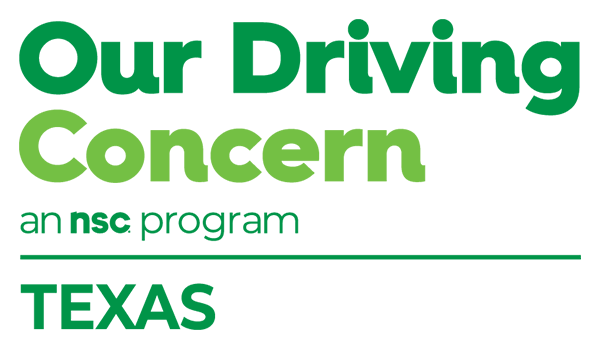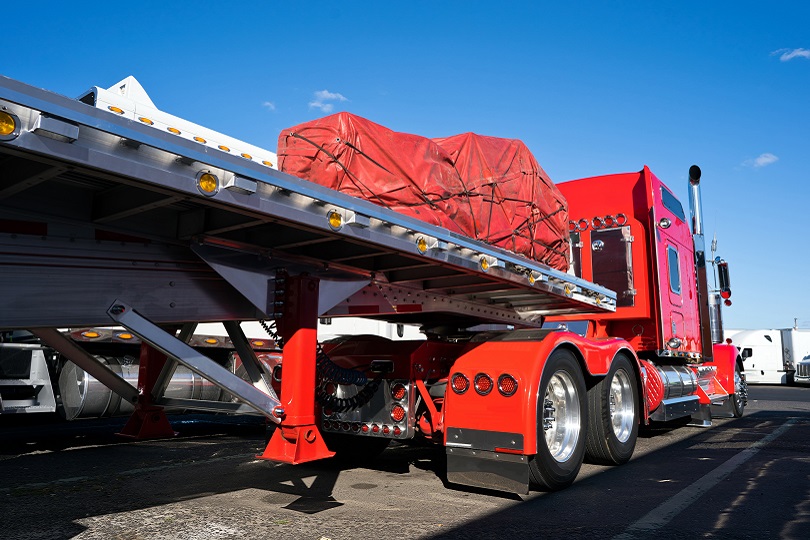Safety Coach
Safety Wrap
Not long ago, I was driving on a two-lane road across a stretch of dam that spanned a nearby lake. The person in front of me was driving a pickup truck that had livestock feed sacks in the bed. A few of the feed sacks flew and landed across my windshield. For an instant, I could not see the road ahead. Feed sacks are not small or thin.
I was concerned because:
- I didn’t know how long the debris would remain lodged on my windshield or how long my vision would be obstructed
- I was traveling at about 55-mph and there was no place to stop and pull over
- The vehicle traveling behind me might have inched up and hit me as a I slowed down
I am sharing this story today in an effort to encourage you to reexamine road safety procedures that impact your drivers and employees. These types of incidents are not uncommon. In fact, 739 people were killed in crashes involving unsecured loads and road debris in 2019, according to the National Highway Traffic Safety Administration. Another 17,367 were injured. That is more than 45 injuries every day. This number might surprise you, especially since you might assume something like a feed sack would not be a problem. The feed sack is not the problem, it being unsecured is.
A 20-pound object moving at 55-mph delivers a force of 1,000 pounds at impact, according to Robin Abel, the founder of Secure Your Load Day. Robin has worked tirelessly to pass legislation and raise awareness of safety risks since her daughter was blinded and nearly killed by a piece of particle board that flew off a vehicle in 2004. The observance is held each year on June 6.
A few years ago, my brother-in-law was severely hurt when he was thrown off his motorcycle after hitting a piece of debris in the road while escorting a presidential motorcade in New Mexico. These incidents are preventable. Your drivers move pallets of items ordered by your customers every day. Your employees haul furniture and transport goods they have purchased on weekends. It can be anything unsecured in a pickup truck or flatbed trailer.
There is always a risk of liability if cargo shifts or debris goes flying because it is not secured or tied down. Former Texas Department of Public Safety Senior Trooper John Counts discussed the consequences of failing to fasten a load properly, including fines, in a recent training session: Load Securement: What You Need to Know. When you talk to employees and drivers about the load on the back of a truck or other vehicle, Counts said it’s important they know the law in Texas. But his message went beyond knowing the law. He touched on one of the primary objectives of safety – caring for others.
He practically reiterated Abel’s mantra: Secure your load before you drive away as if everyone you love is driving in the vehicle behind you.
Share these safety tips on a bulletin board or your company’s intranet site:
- Do a 360-degree walk-around and make use of a safety checklist to be sure everything is secured appropriately before departing
- When backing, use a spotter so you don’t have to rely solely on backup camera technology (the camera lenses can become muddied and obstructed)
- Fasten large objects directly to your vehicle or trailer using rope, netting or straps, and consider covering the entire load with a tarp
- Be sure your tie-down ratchet straps are not frayed, and tug on the ratchet to ensure a tight fit
- Don’t overload your vehicle or trailer
Use our free Traffic Safety Huddle Sheet to lead a safety talk at your location. As you now know, I was involved in a near-miss recently involving road debris. I’m sure you and your employees have stories to tell, too. Let’s change the narrative. Let’s make this a story that is all about safety first.

Tailgate Talk
Culture Engineering
Employee driving behaviors can increase exposure to liability in the workplace. One way to reduce exposure is to build a culture of safety. Learn how during our next free online training session Wednesday, May 26. Register to attend now:
- Creating a Culture of Safe Driving: Distracted, Drowsy, Drunk and Drugged Driving
During the session, I will talk about the need for corporate policies, programs and practices that support safe driving. Building a culture of safety requires participation at every level in an organization, from the warehouse to the executive suite.
Maintaining that culture requires regular examination and evaluation. What are your metrics telling you? Do you need to step up your educational efforts to address driver distraction because you’ve noted incidents on your log? What are your employees telling you? One of the keys to building a peer-to-peer relationship is to listen with an open mind. Are your employees looking for more training or innovative approaches to solve questions and concerns about fatigue?
Be sure to talk with employees – not at them – and hear their ideas. Lack of support can be detrimental to building a culture of safety. Your safety efforts need to be continuous and ongoing because safety never takes a break. From time to time, you need to find new ways to address old topics. Just as the world changes, you need to change tactics and be sure your safety program evolves, too.
Have you tried micro-learning modules or gamification to enhance your road safety training efforts? We offer a variety of unique options on our website. Explore our Training Center page to discover all that is new.
Talk to people working at like-minded organizations. Find out what they are doing and how it is working. It’s legal to copy tried-and-true training that others have shared. There is no one-size fits all answer to creating a culture of safety.
You can’t demand that a culture be put into effect, either.
You can plant the seeds and nurture behaviors that become synonymous with safety. In that way, you also can address the 4 Ds of road safety that confront all employers: distracted, drowsy, drunk and drugged driving. A small investment of time and effort can result in huge savings in crash costs and lead to benefits such as improved morale, fewer injuries and employee retention.
To learn more, join me for free online training, or contact me to set up a meeting: [email protected].

